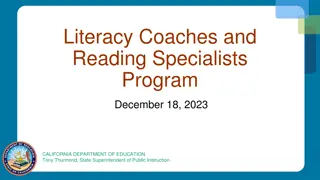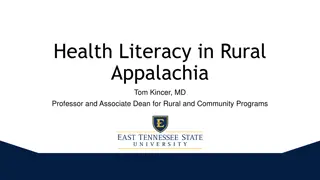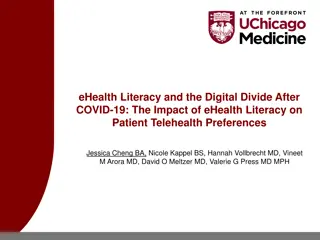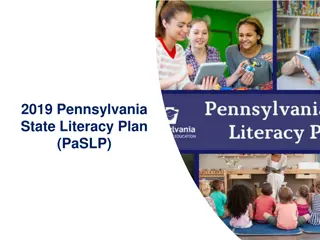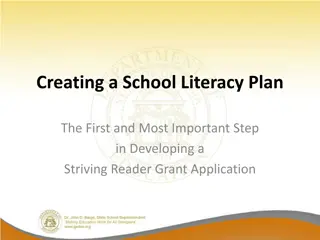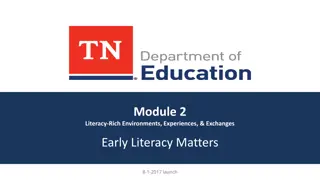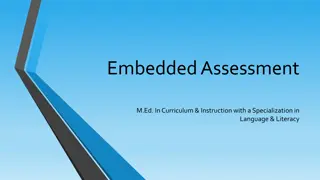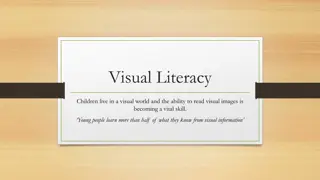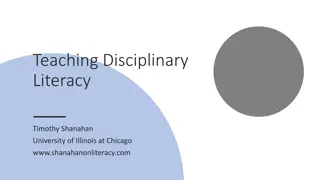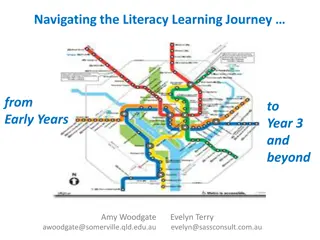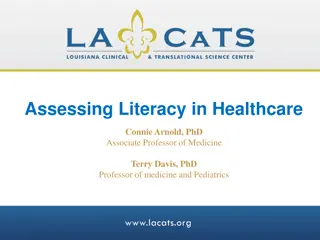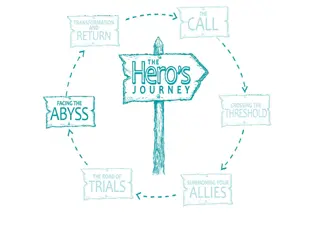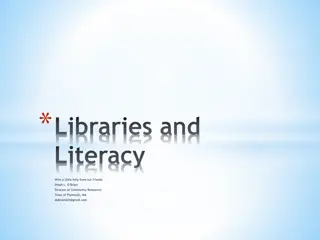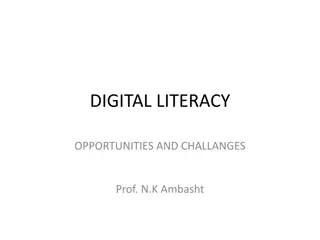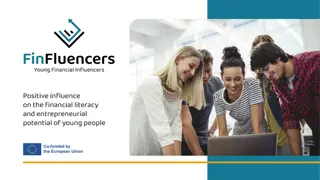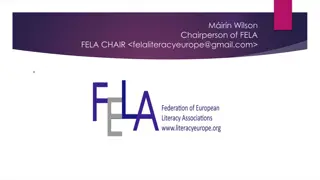Design Framework for Teaching Financial Literacy
This paper introduces a new game design framework for an Educational Visual Novel focusing on teaching Financial Literacy. The aim is to increase financial literacy among primary and lower secondary education pupils through gamification and digital storytelling. The framework is developed as part of the Erasmus+ project DigiFinEdu, with a focus on experiential learning and gaming models.
Download Presentation

Please find below an Image/Link to download the presentation.
The content on the website is provided AS IS for your information and personal use only. It may not be sold, licensed, or shared on other websites without obtaining consent from the author.If you encounter any issues during the download, it is possible that the publisher has removed the file from their server.
You are allowed to download the files provided on this website for personal or commercial use, subject to the condition that they are used lawfully. All files are the property of their respective owners.
The content on the website is provided AS IS for your information and personal use only. It may not be sold, licensed, or shared on other websites without obtaining consent from the author.
E N D
Presentation Transcript
Educational Visual Novels: An Experiential Learning Design Framework for Teaching Financial Literacy Authors Stefano Corradi, VsI eMundus , Kaunas (Lithuania) Vida Dr sut , Kaunas University of Technology (KTU), Kaunas (Lithuania)
INTRODUCTION The goal of this paper is to illustrate a new game design framework for an Educational Visual Novel aiming to teach Financial Literacy (FinLit) The video game is being developed within the Erasmus+ Project Promotion of FINancial literacy in primary and secondary EDUcation through gamification and DIGItal storytelling (DigiFinEdu)
INTRODUCTION DigiFinEdu (2021-1-LT01-KA220-SCH-000034366) is a 2 years Erasmus+ project. Goal: increase the financial literacy of primary and lower secondary education pupils (9-12 y.o.). Results: R1 DigiFinEdu Methodological Material R2 DigiFinEdu Didactical Material R3 DigiFinEdu Visual Novel
Content: 1. WHAT IS FINANCIAL LITERACY (FinLit) 2. EXPERIENTIAL LEARNING AND FinLit 3. EXPERIENTIAL GAMING MODEL (EGM) 4. THE CASE FOR VISUAL NOVELS (VN) 5. VN DESIGN FRAMEWORK FOR THE DigiFinEdu PROJECT
WHAT IS FINANCIAL LITERACY (FinLit) Some definitions of FinLit: Vitti et al. (2000): The ability to read, analyse, manage and communicate about personal financial conditions that affect material wellbeing PACFL (2008) The ability to use knowledge and skills to manage financial resources effectively for a lifetime of financial wellbeing OECD/INFE (2013): A combination of awareness, knowledge, skill, attitude and behaviour necessary to make sound financial decisions and ultimately achieve individual financial wellbeing
WHAT IS FINANCIAL LITERACY (FinLit) Most definitions of FinLit pertains to one (if not all) of the following 3 categories: 1. Knowledge, awareness and understanding of financial concepts 2. Financial skills and behaviour 3. Confidence, motivation and positive attitudes towards financial decisions
EXPERIENTIAL LEARNING AND FinLiT Experiential Learning is a learning model that aims to teach through direct experience . According to Kolb (Bergsteiner et al., 2010), learning occurs within a cycle of 4 stages: 1. Concrete experience 2. Reflective observation 3. Abstract conceptualisation 4. Active experimentation Fig 1. Kolb s Cycle
EXPERIENTIAL LEARNING AND FinLiT Research provides ample evidence about the efficacy of Experiential Learning in teaching FinLit (Whitebread & Bingham, 2013; Drever et al., 2015; Collins et al., 2016) An effective FinLit video game should incorporate the principles of Experiential Learning
EXPERIENTIAL GAMING MODEL (EGM) Kiili s Experiential Gaming Model (EGM) (2005) is based on three elements: 1. Ideation loop 2. Experience loop 3. Challenge bank The goal is to help players reach the Flow State, which facilitates learning. Fig 2. Kiili s Experiential Gaming Model (EGM)
THE CASE FOR VISUAL NOVELS (VN) Visual Novels (VN) are interactive fiction video games featuring text-based stories with a narrative style of literature and interactive aided by static or sprite-based visuals.
THE CASE FOR VISUAL NOVELS (VN) According to Camingue et al. (2020), there are 5 main teaching strategies that may be used in Educational VN: 1. Choice 2. Scripted sequences 3. Minigames 4. Exploration 5. Non-interactive elements
VN DESIGN FRAMEWORK FOR DigiFinEdu PROJECT The design framework aims to incorporate: 1. The 3 categories of FinLit 2. The Experiential Learning theory 3. The Experiential Gaming Model (EGM) 4. The VN learning strategies It will be divided into 2 steps: 1. Story conceptualization & Writing 2. Game design
VN DESIGN FRAMEWORK FOR DigiFinEdu PROJECT 1. Story Conceptualisation & Writing is divided into 4 steps: 1. Identification of educational goals 2. Definition of game s topics 3. Definition of game s challenges 4. Writing of game s story and tasks
VN DESIGN FRAMEWORK FOR DigiFinEdu PROJECT 2. Game design
CONCLUSIONS We argue that the framework proposed here can represent a good starting point for the development of new educational video games. Requiring a lot of technical skills, educational video games are often the prerogative of developers alone. The aim of this article was to present a working structure that allows all the actors necessary in the development of an educational video game to participate equally
THANK YOU FOR YOUR ATTENTION Stefano Corradi Project Manager, VsI eMundus Kaunas (Lithuania) stefano.corradi@emundus.lt


